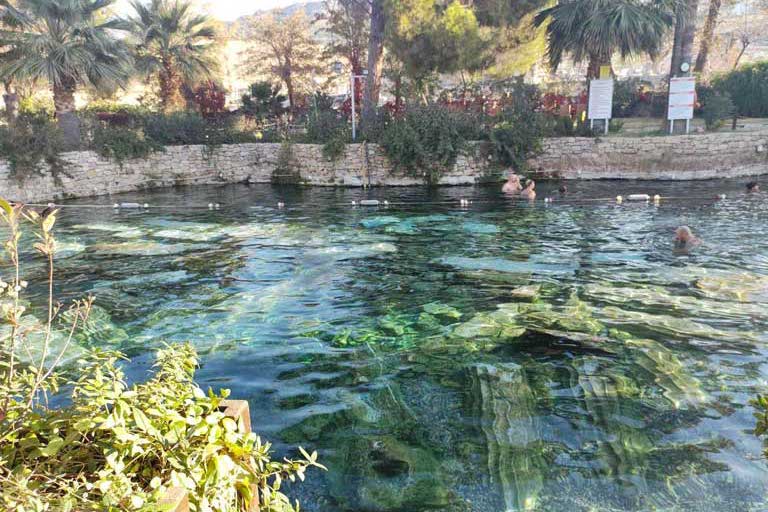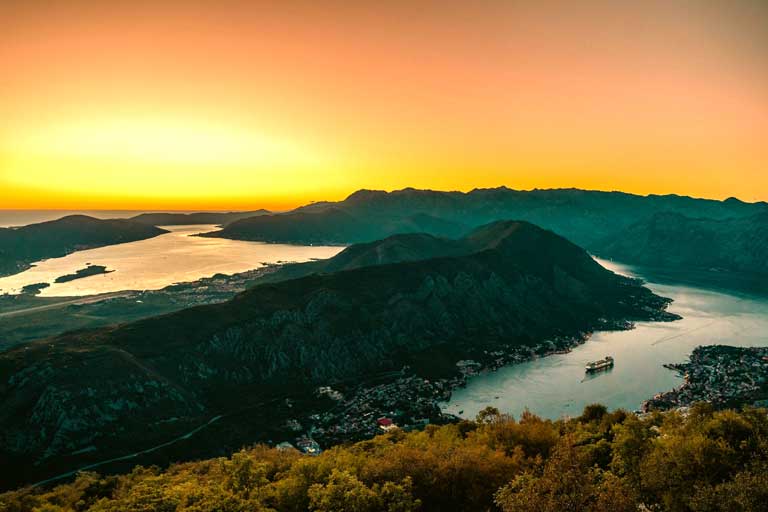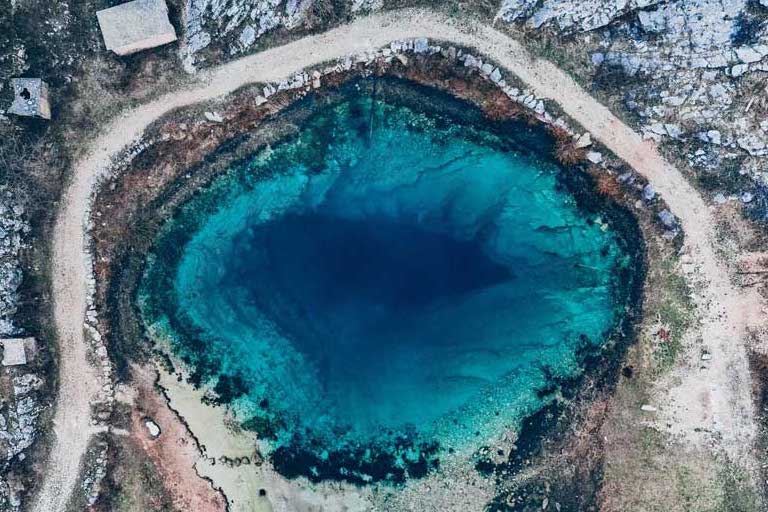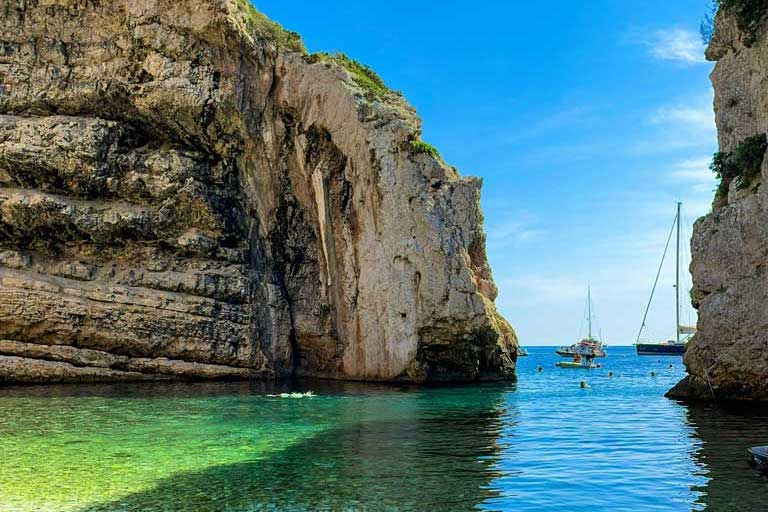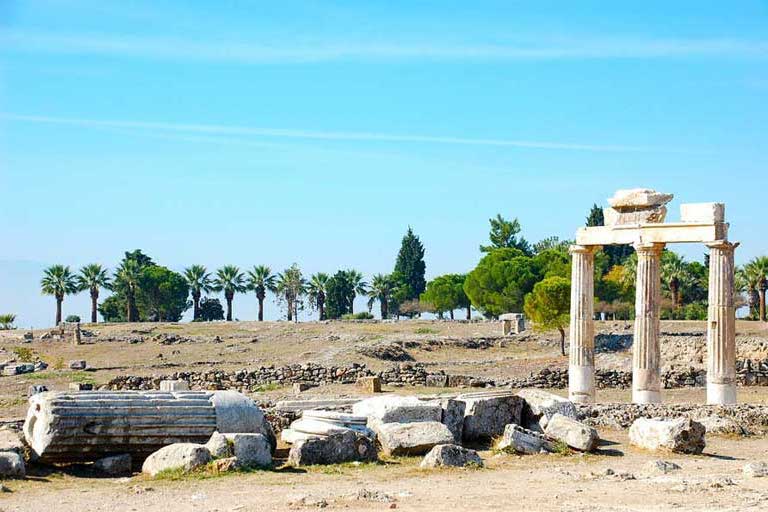
Cleopatra Pools — from Disaster to Glory
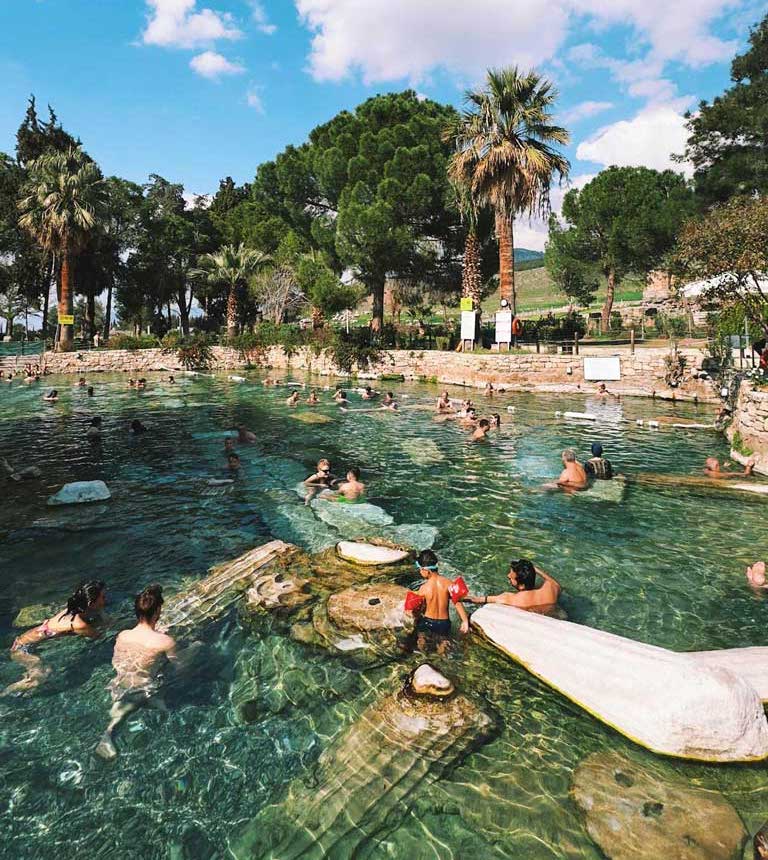
Notable Attractions Near Cleopatra’s Pools
1. Ephesus
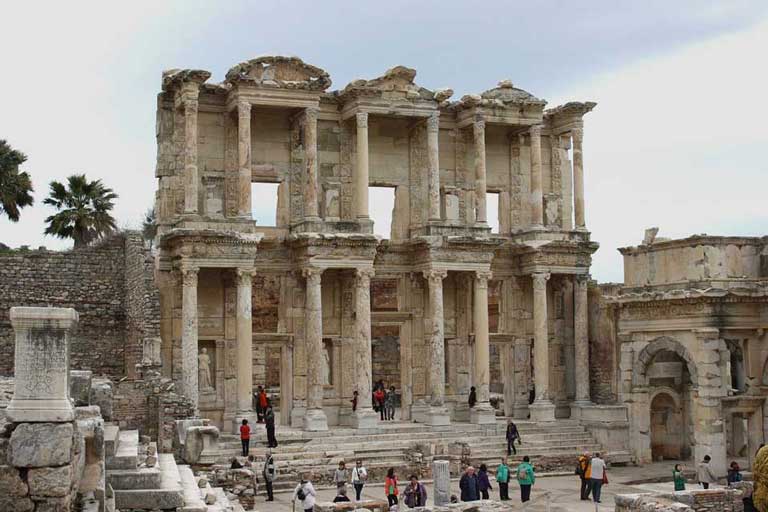
The Ionian Prince’s Legend :
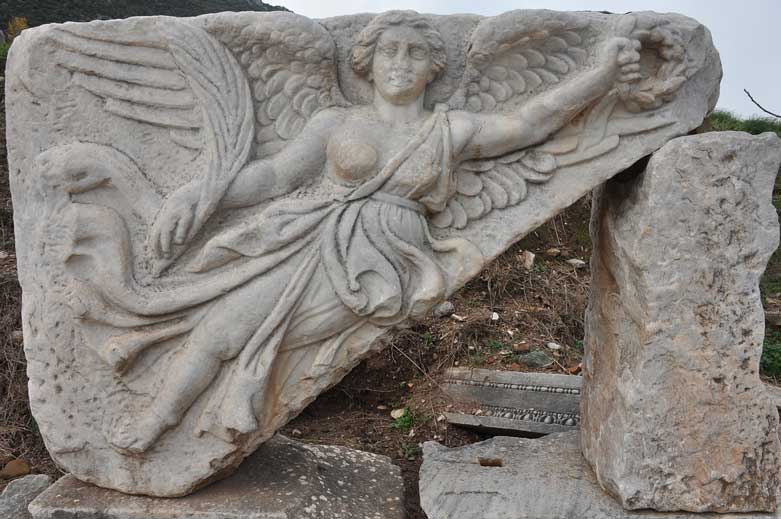
The Amazons’ Legend:
Another legend says that a tribe of female fighters, the Amazons, discovered the city and called it Ephesus, after their queen Ephesia.
After the city was founded, it was ruled over by several rulers. Unfortunately, the city has no historical record, which means we know little about it. What we know is that the Lydian Kings conquered the city in the 7th century BC.
Under the rule of the Lydian Kings, the city flourished and provided both women and men with equal opportunities. The Lydian King Croesus presided over the city from 560 BC to 547 BC. He played a prominent role in funding and reconstructing the city’s infrastructure, specifically the Temple of Artemis.
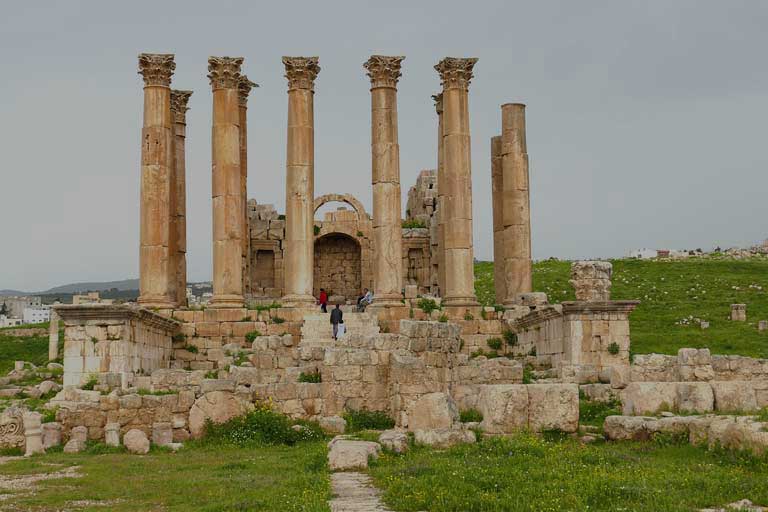
Artemis was the Greek Goddess of childbirth, chastity, hunt, wilderness, and wild animals. As one of the most celebrated and admired Greek Gods, the king built the temple to honour her. However, it wasn’t the first temple in her honour, as other temples dedicated to her have been uncovered in recent times.
Unfortunately for the Temple of Artemis, a crazed man burned it down in 356 BC. The Ephesians restored the temple, making it four times bigger than the Parthenon. That’s how the temple found a place among the Seven Wonders of the World. However, Emperor Theodosius destroyed the temple to construct Christian churches, hence nowadays you can see only ruins of the temple.
2. House of Virgin Mary
The House of Virgin Mary is located in Ephesus — the centre of Christian evangelism in the 1st century AD. Prominent Christians St. John and St. Paul visited the city to spread Christianity and their efforts helped them gain several followers.
The mother of Jesus, Mary along with St. John, is also noted to have called the city her home in the final years of her life. You can visit her house as well as pay your respects to St. John’s tomb. To visit the house, you will have to drive up a winding, narrow, and elevated road. Next, you will pay an entrance fee and park your vehicle at the car park.
Around you, you will find a café, several souvenir shops, a seating area for religious sermons, and a baptism pool. Once you arrive at the house, you will be surprised by its subtle and modest appearance made from stone bricks.
The house’s lower half remains unchanged while its upper half was restored to preserve it. As soon you enter through the metal door, you will find candles. Take a candle to light it outside the house on your way out. Further inside you will find the statue of the Blessed Virgin Mary.
Holy Water Taps
You will exit the house to find yourself standing in a beautiful, lush green garden with three “holy water” taps. You can take a sip and say a prayer if you wish. There’s also a legend surrounding each tap.
The Legend: Each tap represents a part of life. The first tap signifies wealth, the second tap signifies health, and the last tap signifies fertility. However, we don’t know which tap indicates what, as they are no labells on them.
The wishing well is the last attraction in your tour. You can tie a personal possession on the wishing well such as a piece of paper, napkin, or a handkerchief and as you do, make a wish.
3. Hierapolis
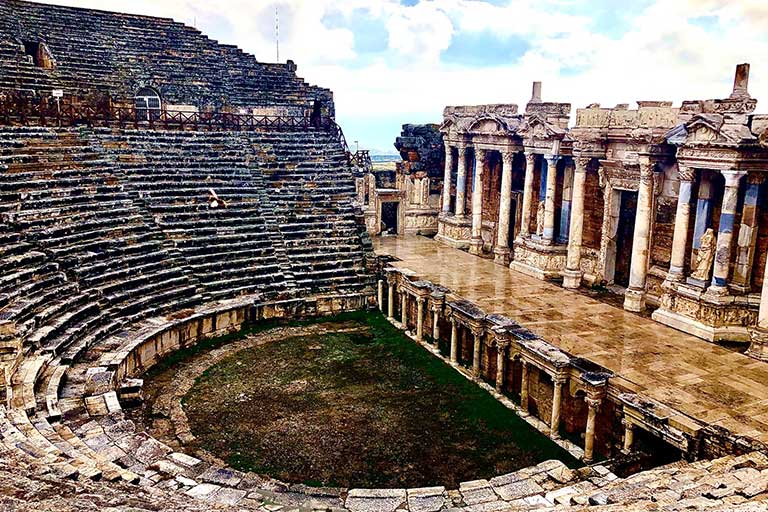
Hierapolis is known as the “holy city” or the “sacred city.” The Pergamum King Eumenes II established the city, which now has become a thermal spa haven. The city flourished in the 2nd century and the 3rd century under the Roman Empire.
Although an earthquake destroyed the city in 60 AD, the city came back stronger with the rulers rebuilding it.
In modern-day Turkey, Hierapolis is situated in the Denizli province.
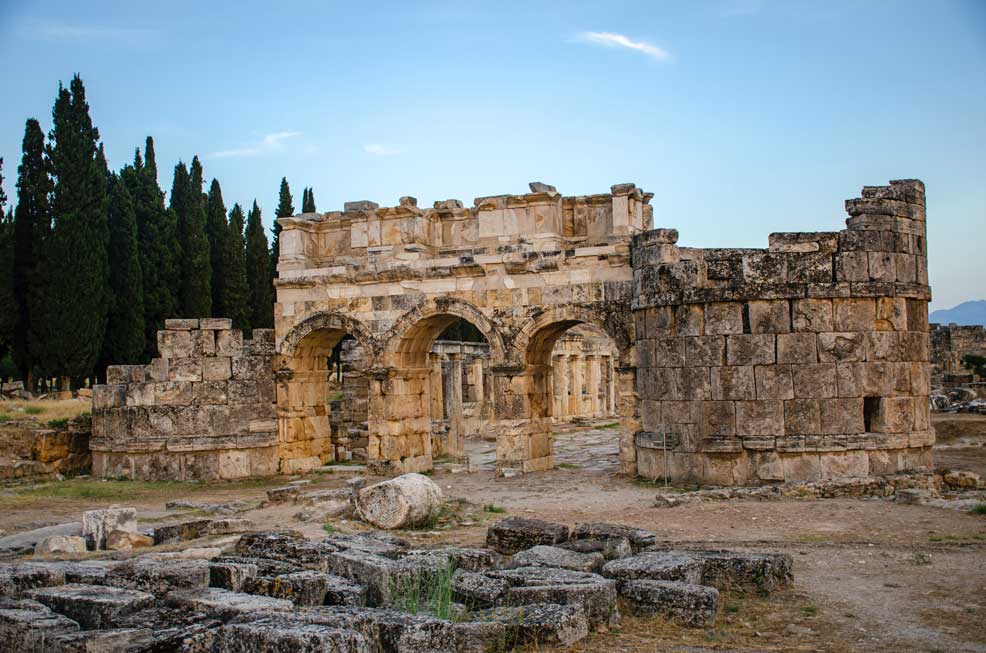
You will find several well-preserved sites such as Pluto’s Gate in Turkey and ruins from the Greco-Roman era. Additionally, you will see a theatre, a necropolis, baths, walls of the Byzantine city, the Arch Honour of Emperor Domitian and Martyrs’ Church of Saint Philips from the 1st century. Then, of course, there is Cleopatra’s Pool.
4. Necropolis
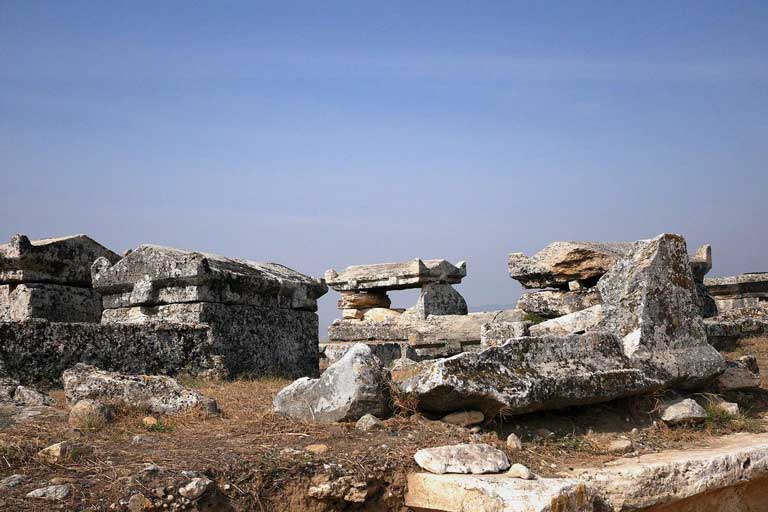
The Necropolis is the largest ancient cemetery in Turkey. Located not far from Pamukkale, in Turkey’s Denizli province, the graveyard dates back to 2,500 years ago. An Italian team has been excavating that area since 1957.
Back in the day, people in their old age preferred to live near the thermal springs due to their beneficial medicinal properties. When they passed on, their relatives buried them there. The Italian team has uncovered several unmarked graves, all varying in size, which is an indicator of wealth.
5. Soak In Thermal Pools in Pamukkale Denizli
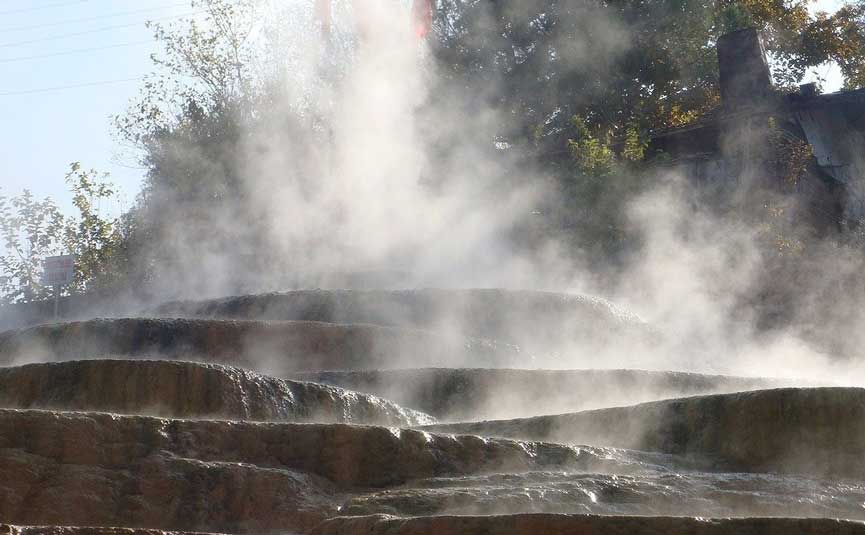
Pamukkale thermal pools are shallow pools cascading down the cliffs beneath Hierapolis, a historic Roman city, and situated on hills on top of the Menderes River Valley. Thanks to active geothermal activity, the waters maintain perfect temperatures for you to have a satisfying soak. Moreover, the pool is so valuable to history that UNESCO has given the site a protected status.
Cleopatra Pool, inside the Hierapolis and Pamukkale area, of Denizli province, is an artificially built spa. The “antique” in Pamukkale Antique Pool refers to the structures that toppled and crashed into the spa, and the statues are still there underwater.
Health Benefits of Pamukkale’s Thermal Springs
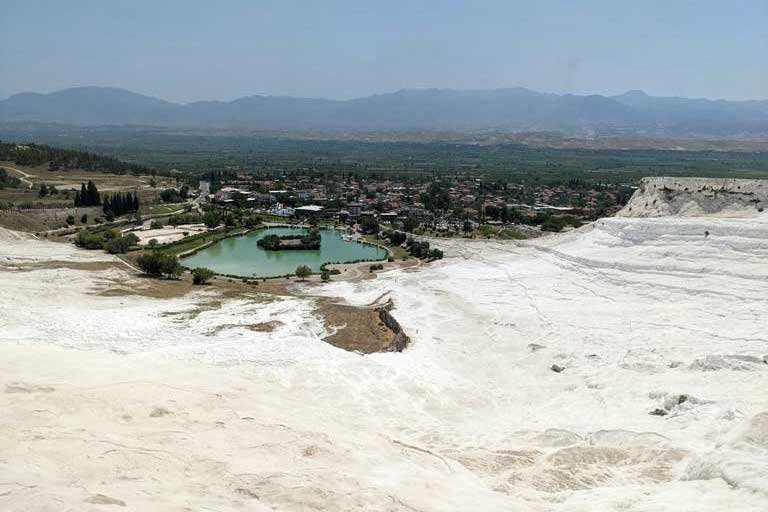
Cleopatra’s Pool has become known for its magical healing properties among travellers coming to bathe and swim in Pamukkale, Turkey.
The mineral-rich Cleopatra Spring in Pamukkale has been seeing visitors since archaic times. The news about the pool’s miracle properties has reached every corner of the world and in return, this has vastly increased the pool’s attendance.
Pamukkale hot springs maintain a fixed water temperature of 36C all season long. Although no evidence of Cleopatra Antique Pools having health benefits exist, it’s believed the warm waters offer healing benefits for multiple health conditions such as skin diseases, nerve diseases, rheumatism, intestinal disorders if ingested, and cardiovascular diseases.
Cleopatra’s Pool at Pamukkale in Turkey
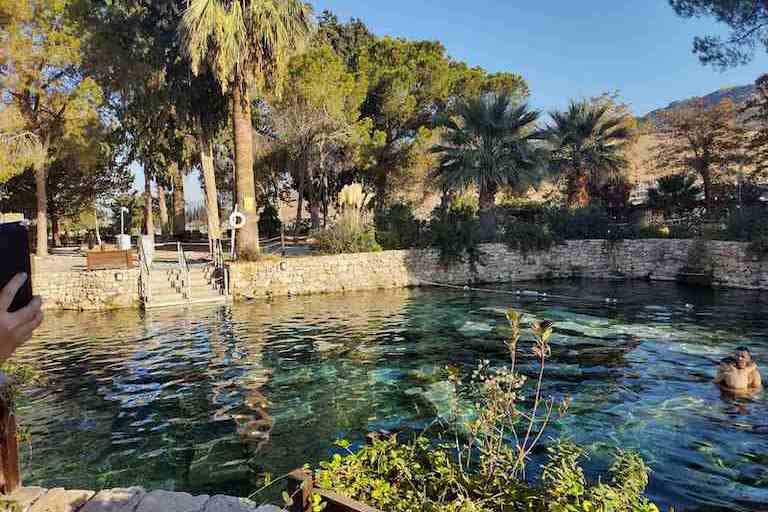
Cleopatra Pools is a spa facility that offers you warm, clear water. Said to be enriched with minerals, the Cleopatra Spa has drawn visitors with the belief that the water has healing powers. Whether the water can heal or not, your experience wading and swimming in it and among the sunken ruins of the ancient architecture will always remain a treasured memory.
The spa facility is equipped with steps with sturdy steel handrails and safety ropes, hence making it an ideal and safe destination for the entire family. You will also have access to changing rooms and lockers with a key attached to a wristband that you can take with you into the pool.
If you’re not much of a swimmer, you can sit in the shaded sitting area surrounded by trees, flowers, and plants. Around the pool, there are life preservers because even though the pool is shallow, certain areas are deep. After your swim, you can buy a snack and a drink at the pool’s cafeteria.
QUESTIONS ABOUT CLEOPATRA ANTIQUE POOLS
Do you have plans to visit the famous Cleopatra Pools? We bet you have a few questions about visiting it. If so, you’ll be glad to know that we have answered them here. Here are the most commonly asked questions about visiting the ancient marvel, Cleopatra’s Pool:
Why Is It Called Cleopatra’s Pool?
Roman politician and General Mark Antony created the Cleopatra Spring pool for his wife Cleopatra, the Queen of Egypt. However, we don’t know if she ever had the chance to use it.
When Is the Best Time to Visit The Thermal Spa?
Best time to visit the Cleopatra Spa is in the mornings and evenings, as it will be less crowded. The peak visiting times are from 11 AM to 4 PM. The spa opens at 9 AM and closes at 7 PM. You can also stay in one of the hotels in Pamukkale, so you can reach the spa early the next day. Also, you should plan a visit at sunset time and take magnificent sunset photos at Pamukkale Turkey.
How Do You Get to Cleopatra’s Pools?
The Cleopatra Antique Pools, situated in Hierapolis, near the Cotton Castle thermal springs, is 18 km away from the city of Denizli. You can take a minibus from the bus station and the pool. For people staying in neighbouring cities, they can rent a car or take a bus.
How to Get from Marmaris to Pamukkale to Visit Cleopatra’s Pool?
The distance from Marmaris to Pamukkale is three hours via road. You have the option to take a bus, rent a car, or go by taxi. The most affordable way to get to your destination is by taking the bus.
What Things to Consider before Visiting Cleopatra’s Pool?
If you’re visiting Cleopatra hot pools for the first time, here are a few details you should know before going:
- You will have to pay an entrance fee to soak in Cleopatra Spring and if not, you can sit near the pool for free.
- You should check the timings before leaving to confirm any changes.
- Bring a towel.
- If you don’t intend to be in the pool for a long time, visit it at closing time to enter the pool at a discounted fee. Another plus for visiting the pool at closing time is that you’ll find fewer people.
- Avoid visiting Cleopatra pools at its busiest times from 11am to 4pm
Cleopatra Pools — a Swimming Experience Like No Other
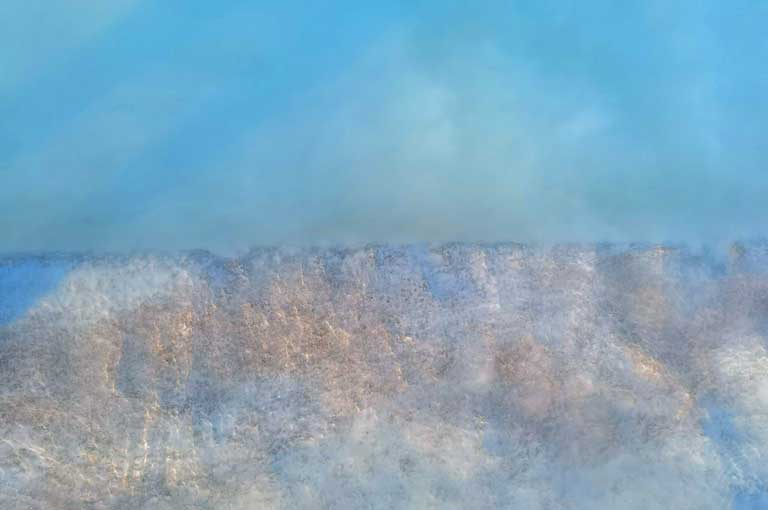
Cleopatra Pools, built for a queen, will be the highlight of your trip to Turkey. When you swim around the antique ruins, posing on them by lightly leaning on a structure, you’ll feel thrilled.
Being in the pool is a one-of-a-kind adventure, given its illustrious history and backstory. Next time someone asks you if you have ever gone swimming, you’ll enjoy saying: Let me tell you about the time I went to Cleopatra’s Pools in Pamukkale, Turkey.

